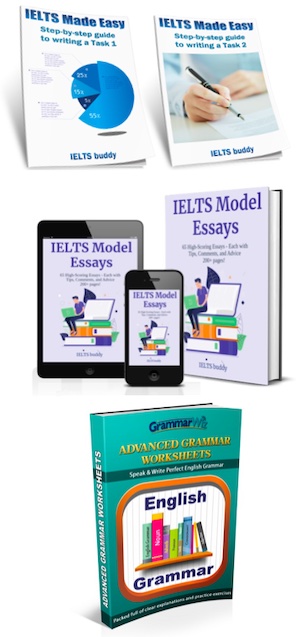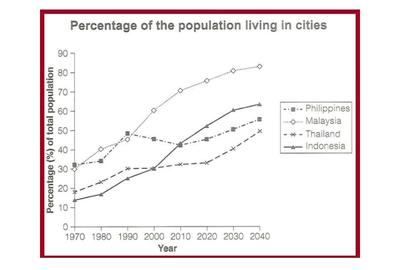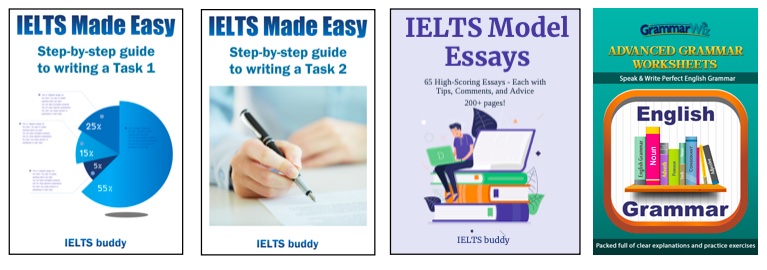- Home
- Practice Tests
- Wind Power Reading
IELTS Sample Reading
In this IELTS sample reading you have:
- multiple choice questions
- summary completion
- matching statements
Wind Power
The power of the wind has been used for centuries to directly drive various machines to perform such tasks as grinding wheat or pumping water. Recently, however, the wind has joined other natural forces such as water and steam as a viable method of generating electricity.
Traditional means of electricity generation using coal or oil-fueled plants have two major drawbacks; they pollute the environment and the fuels they use are inefficient and non-renewable. In response to growing environmental awareness there have been calls for a greener alternative. Nuclear power, while more efficient and less polluting, is seen by many people as unacceptable, because of the danger of accidents such as those that happened at Chernobyl or Three Mile Island. Wind power, however, is clean, renewable and, with modern advances, surprisingly efficient.
In the 1970s Britain was in the forefront of research into wind power. The interest in wind diminished in the 1980s due to cheap North Sea oil, a strong pro-nuclear lobby and pricing structures that made it uneconomical to set up wind farms. Britain, the windiest country in Europe, had to wait until 1991 for its first wind farm. Located at Delabole in Cornwall, the farm was originally the idea of locals who opposed the construction of a nuclear power plant nearby and decided to set up a private company to generate power for the area using the wind. They had to fight opposition from local government and other local residents, who thought the turbines would be noisy and might interfere with television signals, but eventually, after showing local officials working wind farms in Denmark, they won and now there are 10 huge white wind turbines on the Delabole hills.
It is in Germany and Denmark that the greatest advances in wind power have come. Germany alone produces half of the wind generated electricity in Europe. Every year Germany adds 400 Megawatts (Mw) of capacity. In 2000 alone capacity expanded by 1669 Mw. Denmark now produces 30% of its electricity from wind power and this is predicted to rise to 50% by 2010. Both countries have encouraged this growth by “fixed feed tariffs” which guarantee a good price for private wind power operators.
Britain is catching up and the government has set a target 10% of all electricity to come from renewable sources by 2010, half of this to be from wind power. The 900 wind turbines in operation generate 400Mw of electricity and to meet the target roughly 400Mw will need to be added each year. With the advances in technology this is technically possible. Each turbine can now produce 400 Kilowatts (KW) compared to only 70 KW at the start of the 1980s. It will, however, need help from the government. This is being done by offering financial support and giving private power companies targets to meet.
Because many people feel wind farms spoil the view and, also, because the wind is stronger at sea, many wind farms are now being built offshore. They are usually built a few kilometres off the coast in shallow water. The construction and maintenance costs are higher, but electricity output is higher. The first in Britain was built in 2000 at Blyth, north of Newcastle, and was the largest in the world until May 2001, when a 20 turbine farm was opened at Middelgruden off Copenhagen. There are plans to construct up to 18 more in the UK by 2010. Together they will produce 800 Mw of electricity annually.
The use of wind power is far less advanced in the USA. Only 5% of America’s power comes from the wind, although it is estimated that this could be increased to as high as 12% with no changes to the power grid. However, there is an increased interest in wind power. There are plans to build a huge offshore wind farm off the coast of Cape Cod on the North East seaboard. The farm will take up over 25 square miles, have 170 turbines and produce 420Mw at a cost of $600m. If constructed, it will be the world’s second biggest wind farm, after the 520Mw farm planned in Ireland.
Questions 1 – 2
Choose the best answer to the questions below.
1. People do not like coal and oil powered power production because …
- it damages the environment.
- it is wasteful.
- they cannot be replaced once consumed.
- all of the above.
2. Wind power …
- has only been used recently.
- promotes environmental awareness.
- avoided accidents at Chernobyl and Three Mile Island.
- is not depleted when used.
Questions 3 – 7
Complete the following summary of the third paragraph from the IELTS sample reading using ONE OR TWO WORDS from the reading texts.
British Wind Power
While there was a great deal of interest in wind power in the 1970s, it (3) in the 1980s. This was mainly due to intense support for (4) power and little help in making wind power affordable. So, even though Britain has some of the best winds in Europe, the first wind farm was only built in 1991. The farm at Delabole came out of opposition by (5) to a nuclear power plant. Initially, they were opposed by local officials due to fears about noise and possible obstruction to (6) . This opposition was eventually overcome only after they were shown successful examples from (7) .
Questions 8 – 13
Match the country below or mark none to the statements taken from the IELTS sample reading.
Note: Some countries may not be used and countries can be used more than once.
BR_____ Britain
G______ Germany
D______ Denmark
US_____The United States
IRE_____Ireland
N______ None of the countries
- Plans to produce 5% of its power using wind power.
- Produces 50% of its power from wind.
- Produces very little of its power using wind.
- Will have the world’s largest wind farm.
- Used to have the world's biggest off-shore wind farm.
- Is the biggest producer of wind power in Europe
IELTS Sample Reading Answers:
1. D
2. D
3. diminished
4. nuclear
5. locals
6. television signals
7. Danish Farm / Denmark
8. BR
(Para. 5: It has a target of 10%, of which half - 5% - will be wind power)
9. N
(Para. 4: Although Denmark is predicted to produce 50% wind power, none of the countries currently do. Don't put "G" - Germany produces 50% of the wind power in Europe, but we are not given the percentage in Germany itself)
10. US
(Para. 7: It is much less advanced in the USA, with only 5% from wind)
11. IRE
(Para. 7: Ireland will have the largest, then the US)
12. BR
(Para. 6: It had the largest until the one at Middelgruden surpassed it)
13. G
(Para. 3: "Germany alone produces half of the wind generated electricity in Europe")
Comments
Any comments or questions about this page or about IELTS? Post them here. Your email will not be published or shared.
Band 7+ eBooks
"I think these eBooks are FANTASTIC!!! I know that's not academic language, but it's the truth!"
Linda, from Italy, Scored Band 7.5











